Dancing and Screaming Against the Sky
“Profanations,” created by choreographer Faustin Linyekula and music artist Franck Moka, is not a “just” dance piece: it’s a live concert, a cinematic séance.
Continue Reading
World-class review of ballet and dance.
The New York Public Library for the Performing Arts’ current exhibition is a dance epic. Full of tragedy and triumph spanning centuries and the globe, “Border Crossings: Exile and American Modern Dance 1900 – 1955” recenters the story of modern dance around historically marginalized artists often left out of the modern dance canon.
“This show is about re-reading modernism through trauma and alienation, and to understand modernism not as this unified canonical narrative, but in fact a constant series of breakages, resistances, ruptures, and traumas,” Dr. Bruce Robertson said. Robertson is co-curator of “Border Crossings” with colleague Dr. Ninotchka Bennahum.

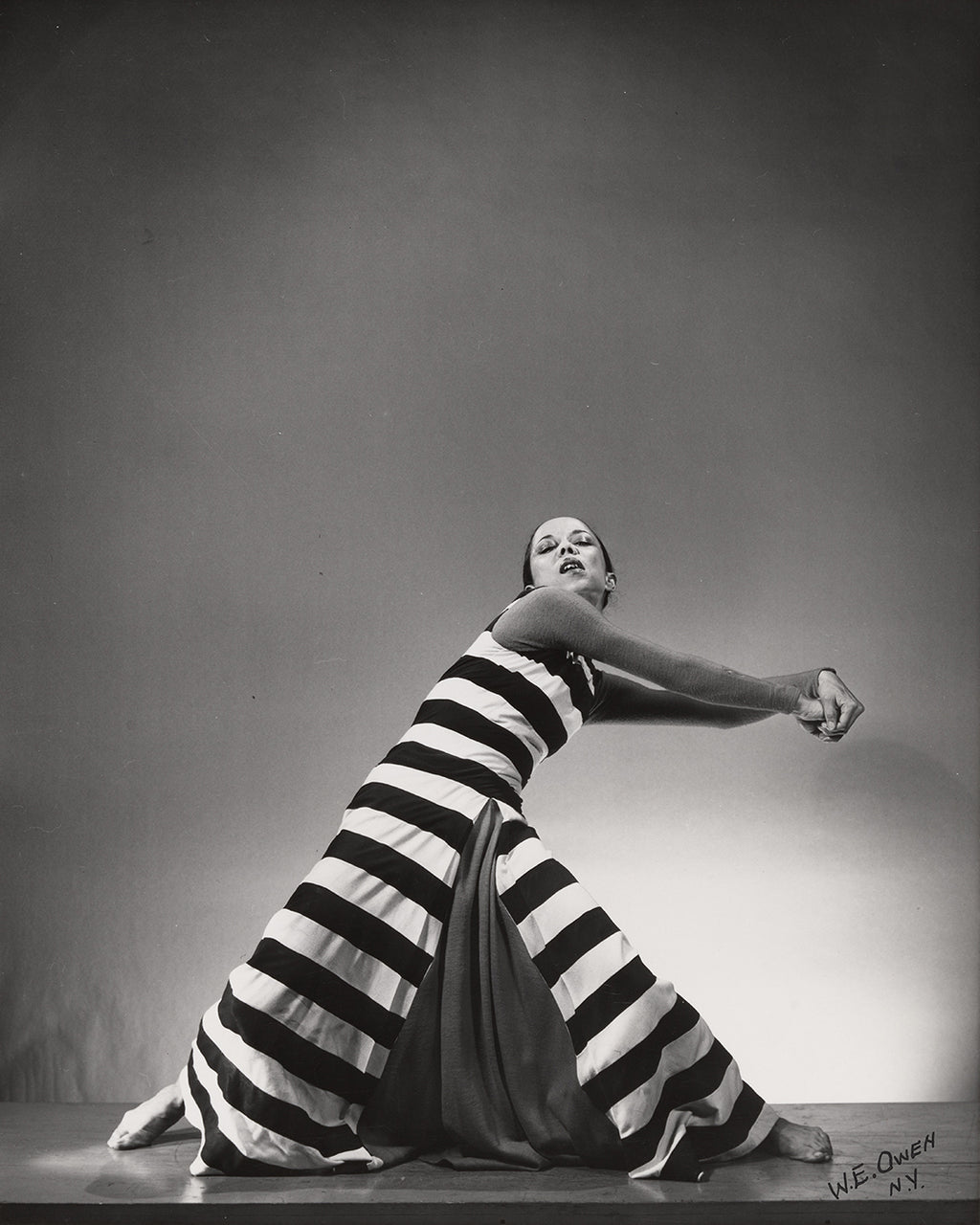
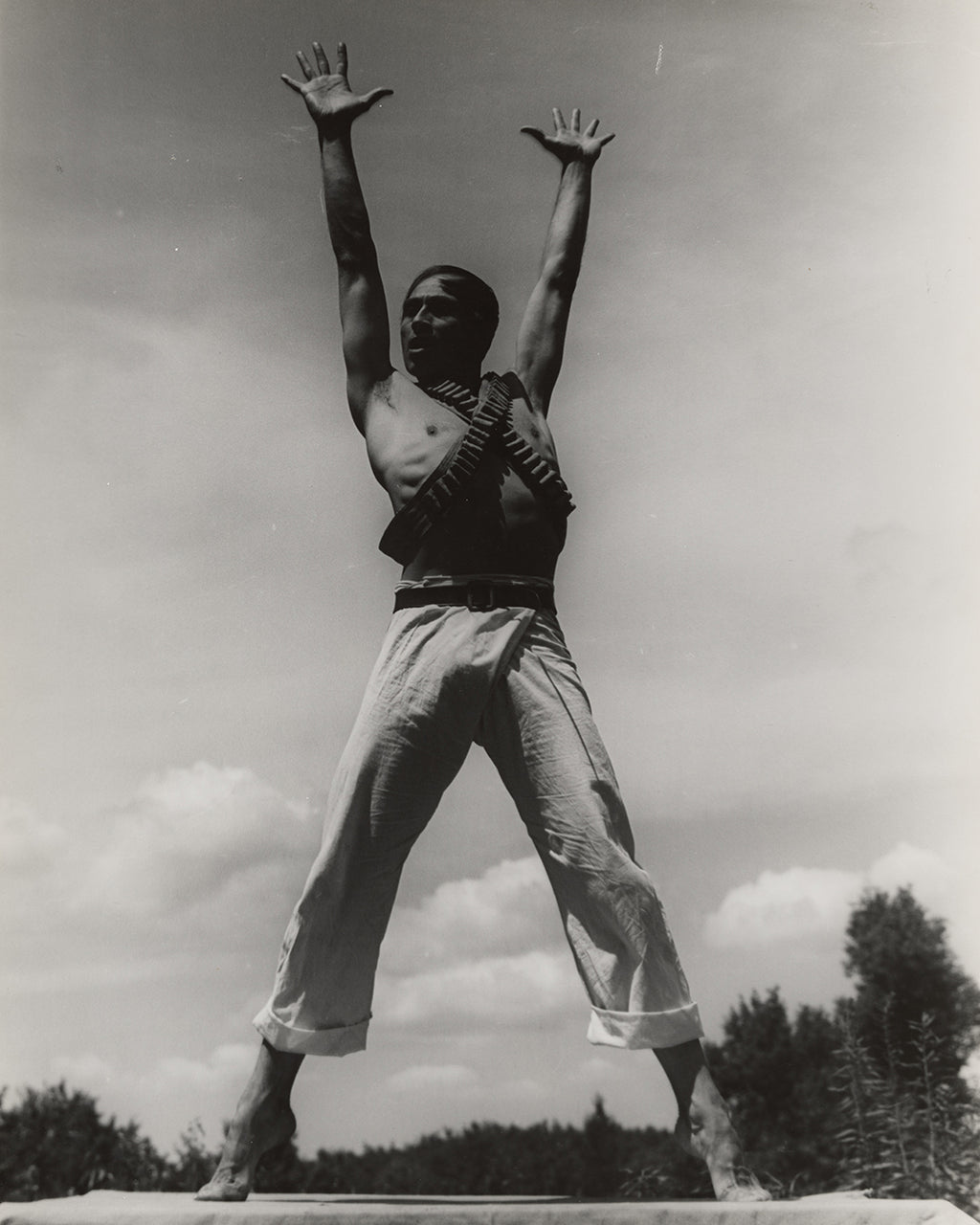
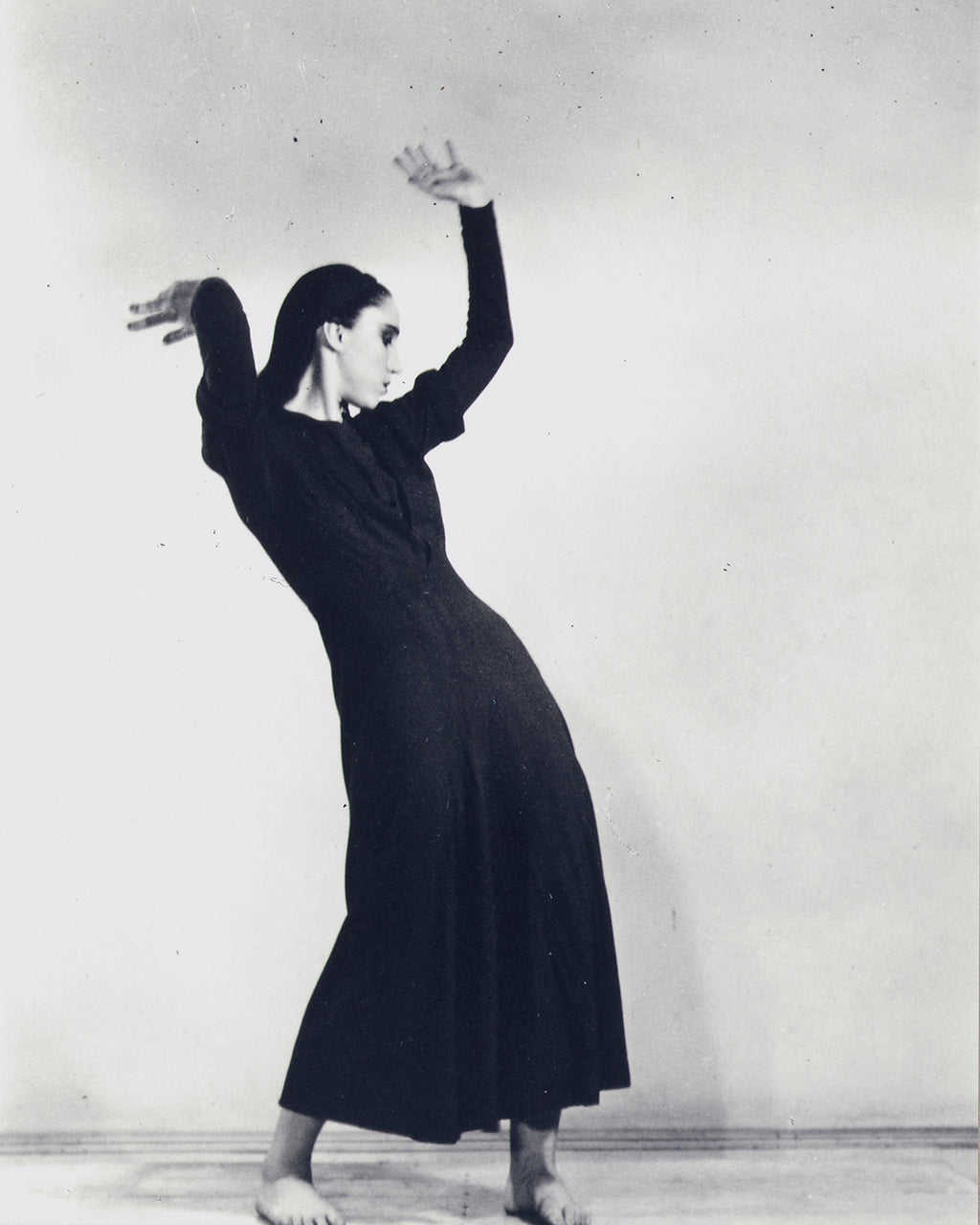
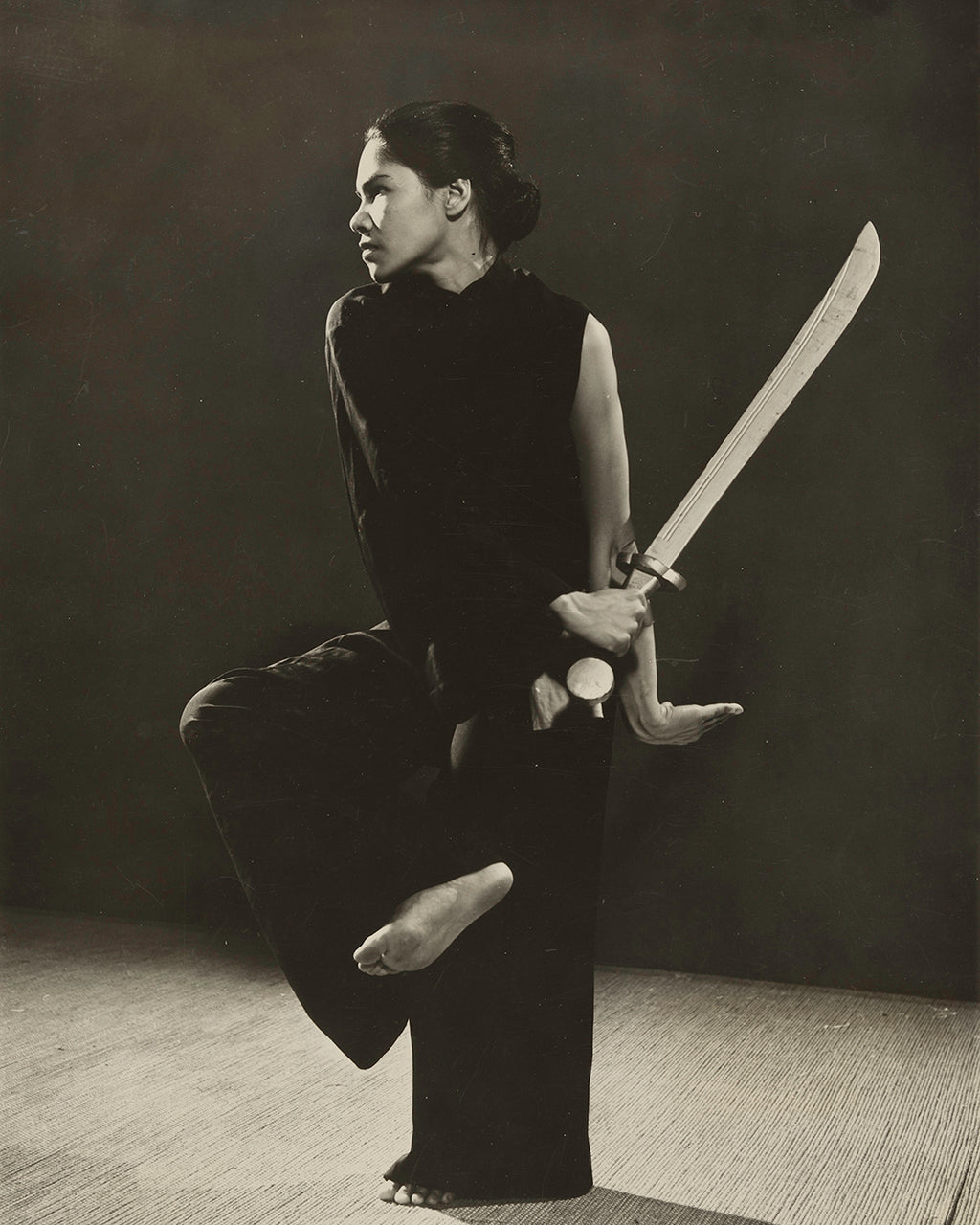
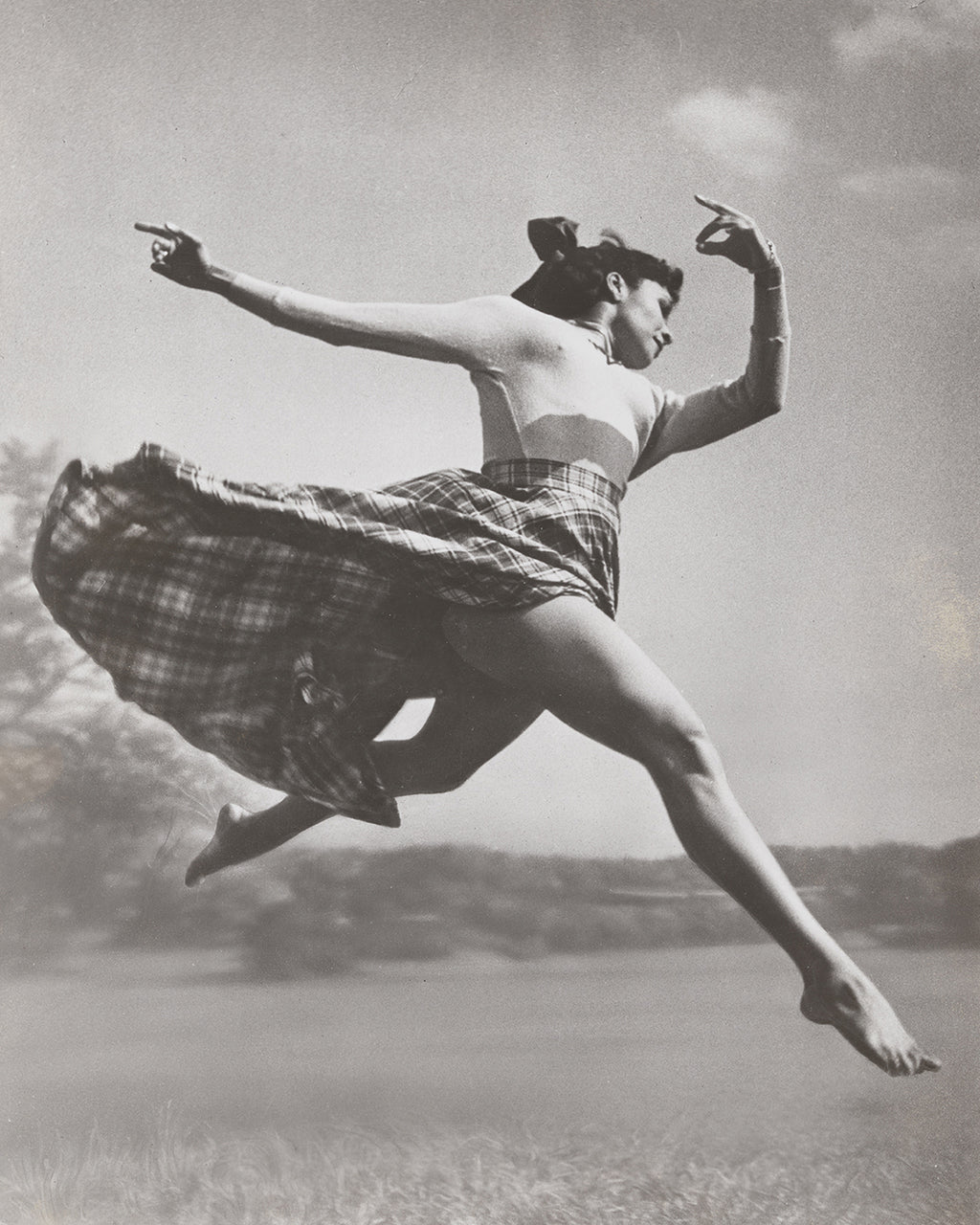
“Profanations,” created by choreographer Faustin Linyekula and music artist Franck Moka, is not a “just” dance piece: it’s a live concert, a cinematic séance.
Continue ReadingWhen Alban Lendorf (b. 1989) was four, he became attentive to the piano. As he explained in an interview with Pointe magazine, when his lessons advanced to the learning of a Chopin waltz, his piano teacher suggested he take dance classes to help open up the music. From the school of The Royal Danish Ballet to the company, his career rocketed forward; by the time he turned twenty-one, he was a principal dancer, still playing the piano and testing a latent gift for acting.
Continue ReadingMarie Antoinette is not an entirely sympathetic character. Her penchant for luxury and extravagance—and the degree to which she was out of touch with the lives of the majority— made her a symbol of the wealth disparity that prompted the French Revolution.
Continue ReadingAscending the Guggenheim Museum's rings through Rashid Johnson's retrospective, “A Poem for Deep Thinkers,” is a dance in of itself.
Continue Reading
comments